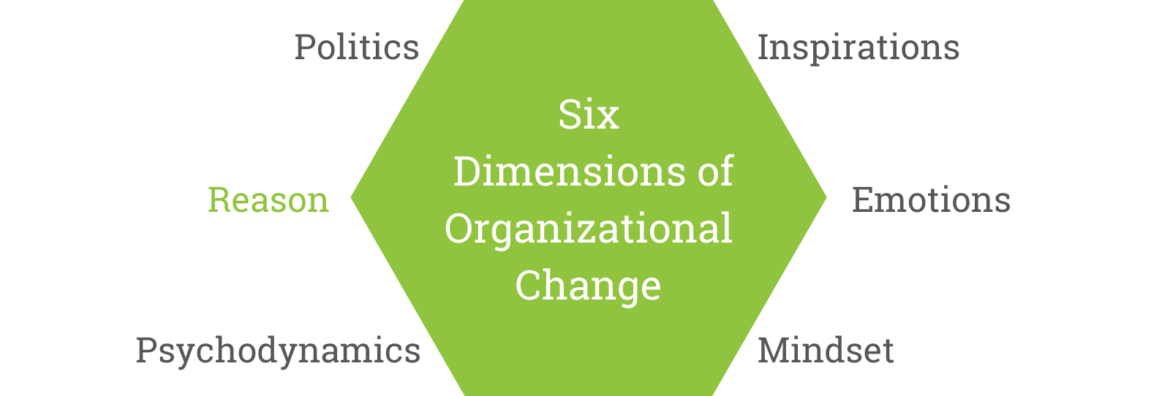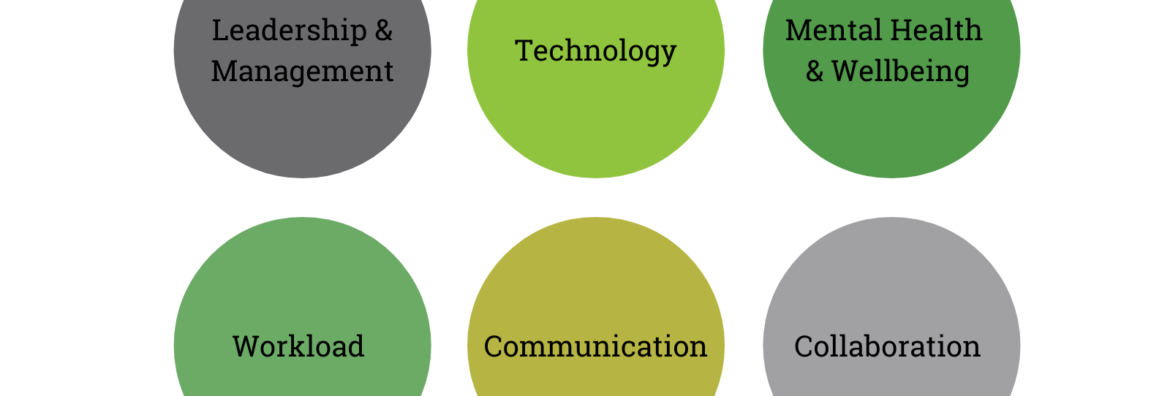As organizations begin to implement their change initiatives and re-establish the way they do work, I cannot help but think about the body of knowledge I worked with during my time in graduate school around covert processes at work. Robert Marshak describes six dimensions that impact any organizational change plan that need to be addressed to ensure the success of that effort. In a previous article, I discussed the different themes organizations need to consider as they set up their ‘return to office’ (or not) strategies. In this article, I will be covering Marshak’s work on hidden covert processes that you will need to keep an eye out for and consider to ensure your organizational change plan is implemented and managed successfully.
To start, what are covert processes?
Unlike overt processes, which can be observed, covert processes are hidden, unspoken, and unacknowledged. They are the collective unconscious dynamics that exist within organizations that regularly impact the interactions and responses of people within the organization. If change management leaders do not account for them in their plans, these processes or dimensions can impact the workflow and stand in the way of achieving organizational goals and change objectives. It is important to know that covert dynamics occur outside of our awareness and you and your employees can be engaging in them without knowing it.
The 6 dimensions of change
Marshak lists six dimensions of change: Reason, Politics, Inspirations, Emotions, Mindset, and Psychodynamics. The first is the only overt dimension out of the six whereas the latter 5 are covert. Read More…










